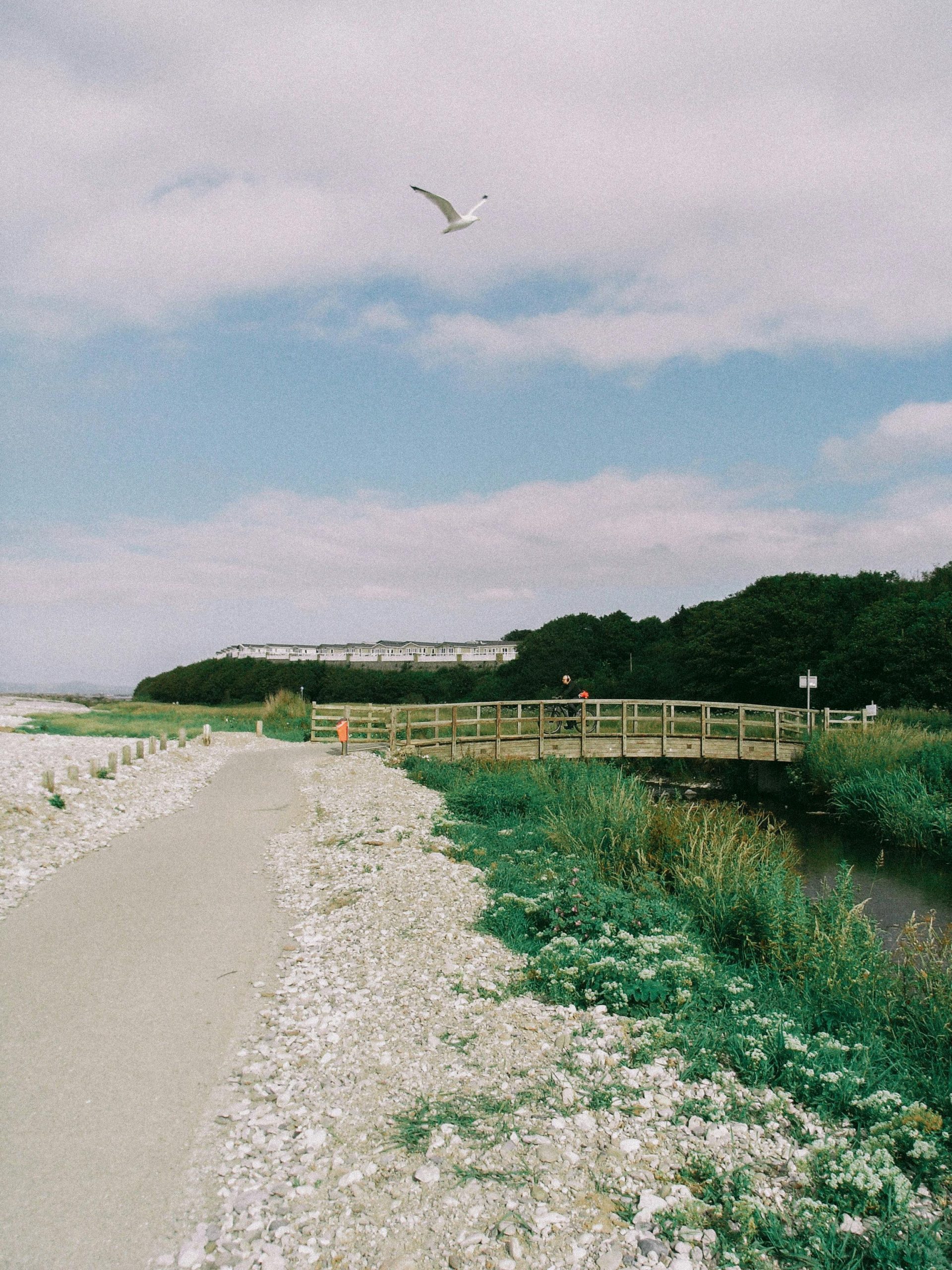The Enigmatic Cloud Patterns Over Tilehurst
Recently, residents of Tilehurst have been treated to a mesmerizing natural display – the phenomenon known as ‘cracking clouds’. This captivating spectacle has drawn the attention of both locals and sky enthusiasts alike, eager to capture the intriguing patterns that have suddenly emerged in the sky.
These formations, characterized by their distinctive fractal-like patterns, resemble vast stretches of lace or intricate networks drawn by nature’s own hand. They appear almost surreal, as though the heavens themselves have been artistically rendered with delicate brushstrokes, casting a spell over those fortunate enough to look up at the right time.
Such cloud patterns can occur under specific atmospheric conditions, where variations in temperature and humidity levels interact to shape these cloudy masterpieces. For those living in Tilehurst, this rare sight has sparked both wonder and curiosity, prompting discussions on the scientific underpinnings and the sheer beauty of these temporary works of art in the sky.
While these clouds are somewhat ephemeral, their impact on the community has been profound. Families and photographers have taken to the outdoors, cameras in hand, eager to capture a slice of this extraordinary moment. The shared experience has not only fostered a sense of communal appreciation for nature’s unpredictability but has also underscored the importance of taking a moment to pause and truly acknowledge the beauty around us.
In a world seemingly obsessed with the latest technological marvels, it is heartening to see a natural event galvanize a community and remind us of the simplicity and grandeur of nature’s own canvas. As Tilehurst basks in this celestial display, it serves as a poignant reminder of the wonders waiting just above our heads.

What a beautifully written post! The phenomenon of cracking clouds indeed highlights the marvels of nature and its ability to inspire awe and community engagement. It’s fascinating how such cloud formations can serve as a reminder of the intricate relationships within our atmosphere.
For those interested in understanding these stunning patterns further, it might be worth noting that fractal-like cloud structures are often indicative of turbulence in the atmosphere, which can lead to varied weather conditions. The interplay of the temperature and humidity you mentioned plays a crucial role in cloud formation, and phenomena like these are a fantastic entry point for discussions about climate and meteorology.
Moreover, these moments can instill a greater appreciation for our environment, possibly leading to increased interest in environmental conservation efforts. Perhaps we could consider organizing community events or workshops during such natural displays to educate and encourage more people to engage with the science of meteorology. What do you think?
What a beautifully articulated observation on the cracking clouds over Tilehurst! It’s fascinating how these natural phenomena can create such a deep sense of connection within the community. Beyond just being visually stunning, these cloud formations invite us to reflect on the delicate balance of atmospheric conditions that lead to their emergence.
It might also be interesting to note how these events can spark curiosity in the fields of meteorology and environmental science. Encouraging local schools to incorporate these phenomena into their curricula could not only enhance students’ understanding of weather patterns but also ignite a lifelong passion for science and nature. Furthermore, organizing community observation events could serve as a platform for sharing knowledge and fostering appreciation for our natural surroundings.
As we increasingly turn to technology for engagement, instances like these remind us of the importance of grounding ourselves in the natural world. Here’s hoping for more “artworks” from the sky in the future!
What a beautifully written post! The phenomenon of cracking clouds truly does serve as a remarkable reminder of nature’s artistry and its ability to connect us as a community. It’s fascinating to consider how such atmospheric formations, resulting from specific conditions of temperature and humidity, can elicit a shared sense of wonder.
For those interested in diving deeper into the science, it might be worth exploring the role of various weather patterns and phenomena that contribute to these unique cloud types. Additionally, considering the psychological impacts, experiences like these can foster a greater appreciation for our environment, leading to increased advocacy for conservation and awareness of climate change.
As we share the beauty of these clouds on social media, it could also encourage discussions about the importance of preserving the natural landscapes that allow such displays to happen. It’s a perfect opportunity to blend appreciation with action, ensuring that future generations can also enjoy such ephemeral wonders. Thank you for bringing this captivating event to light!
What a beautifully written post! The “cracking clouds” phenomenon over Tilehurst indeed highlights the magic of nature and serves as a perfect reminder to pause and appreciate the world around us. It’s fascinating how the interplay of temperature and humidity can create such intricate patterns, essentially transforming our skies into transient art galleries. This event not only showcases the beauty of atmospheric science but also fosters a sense of community through shared experiences.
I wonder if these cloud formations might also inspire discussions around climate awareness. As we witness such natural wonders, it can encourage us to explore how our changing climates are affecting not just weather patterns but also the ephemeral beauty of nature. Perhaps local schools or organizations could leverage this opportunity to engage with younger generations about meteorology and environmental stewardship. It’s amazing how something as simple as looking up can spark conversations that deepen our connection to both nature and each other. What are your thoughts on integrating educational programs around these natural phenomena?